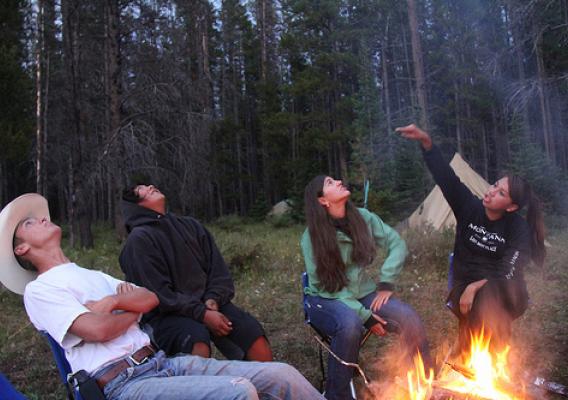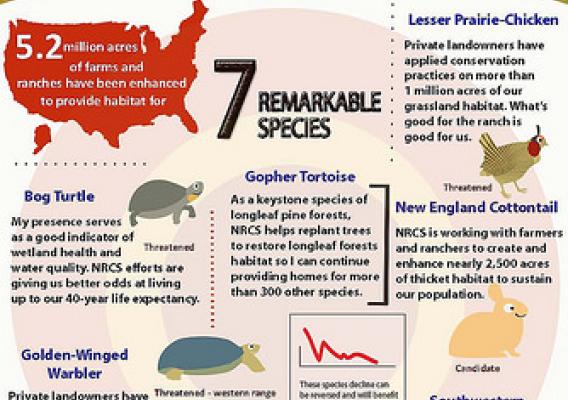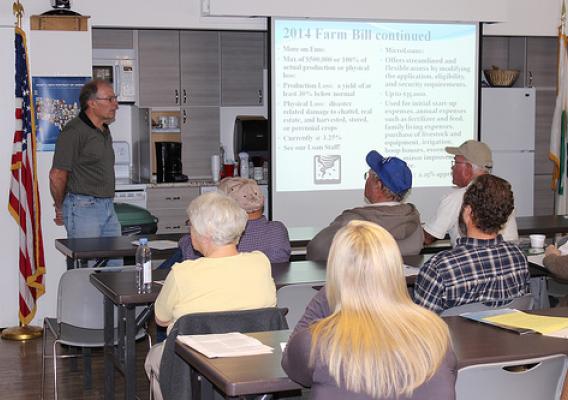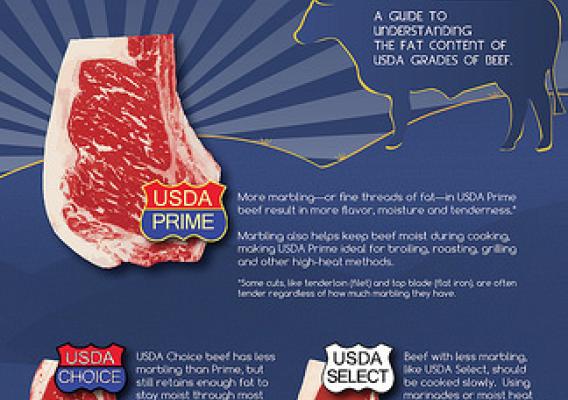When a forester embraces the various challenges of his job – such as timber management, building roads, squelching wildfires or perhaps even national policy issues – you can count on the variety of experiences and the ever-changing nature of the job to provide interest.
For Dick Fitzgerald, currently the agency’s assistant director of forest management in the Washington Office, it became a 57-year career and running. He began by working summers in a fire lookout before becoming full time as a junior forester, as it was known in those days. He also worked as a district ranger, managed timber sales and served as a regional silviculturist in two of the agency’s nine regions.
“Each job has had its challenges,” Fitzgerald said. “During my first jobs, I was out in the country in places where a lot of folks had never been locating and developing roads to support the mission. Working as a district ranger, I worked with the public from local areas, trying to balance a forest’s timber or range or recreation agenda.”








